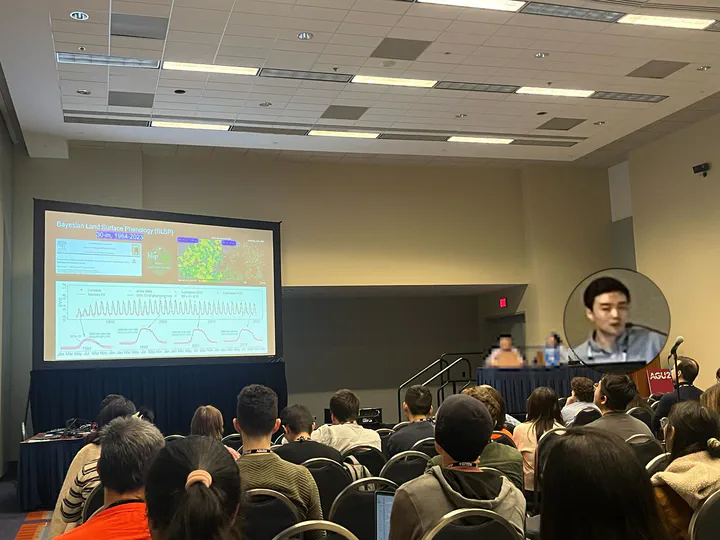Investigating four decades of species-specific land surface phenology derived from 30-m Landsat and Forest Inventory Analysis

Abstract
Long-term variation in plant phenology reflects growing season dynamics, which are a first-order control of various ecosystem processes affecting water, carbon, and energy cycling. Complementary to spatial-constrained ground observations, land surface phenology (LSP) derived from satellite remote sensing has been widely used to map and monitor plant phenological timing over large spatial areas. However, the coarse spatial resolution of most long-term LSP records represents a mix of tree species and land cover types, limiting the ability to directly link LSP to ground-observed phenological dynamics. In addition, although ground phenological observations typically record species-level information, most long-term data are only available at particular sites. Forest inventory and analysis (FIA) data collected by the U.S. Forest Services provides comprehensive surveys of forested land in the United States but has rarely been used in LSP studies primarily due to the scale mismatch between FIA sites and coarse LSP resolutions. Recently, a novel Bayesian LSP (BLSP) model was developed to retrieve decades of LSP variation at 30 m scale from Landsat time series, creating a unique opportunity to match LSP with FIA surveys. In this study, we combine BLSP with FIA data collected throughout 20 northeastern states in the U.S. to derive four decades of species-specific LSP observations for ten dominant deciduous species (~12,000 site-years) and investigate long-term phenological dynamics. Our preliminary results show: (1) despite the widely reported global advancement of spring phenology, growing season lengths in the northeastern U.S. during the last four decades were dominated by phenological variation in autumn and (2) the characteristics of phenological events and their responses to the environment vary substantially not only among species but also within species among geography, suggesting local adaptation. These results are consistent with long-term ground observations collected at Harvard Forest in Massachusetts, and Hubbard Brook Experimental Forest in New Hampshire. Our study provides new insights into understanding long-term phenological dynamics and their responses to climate change.